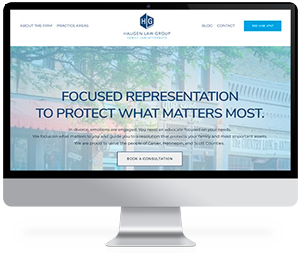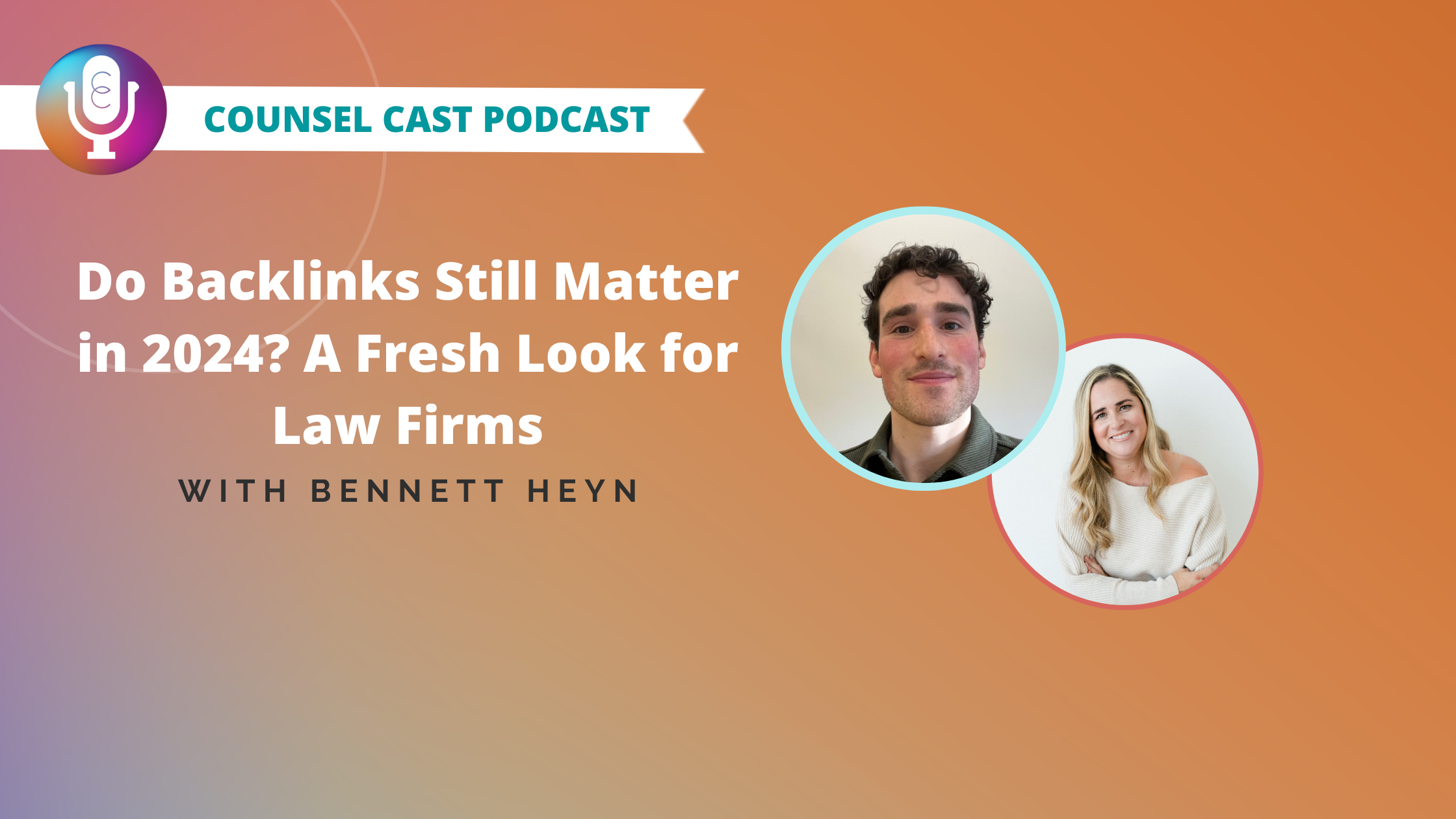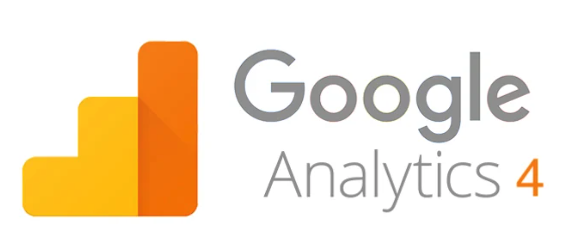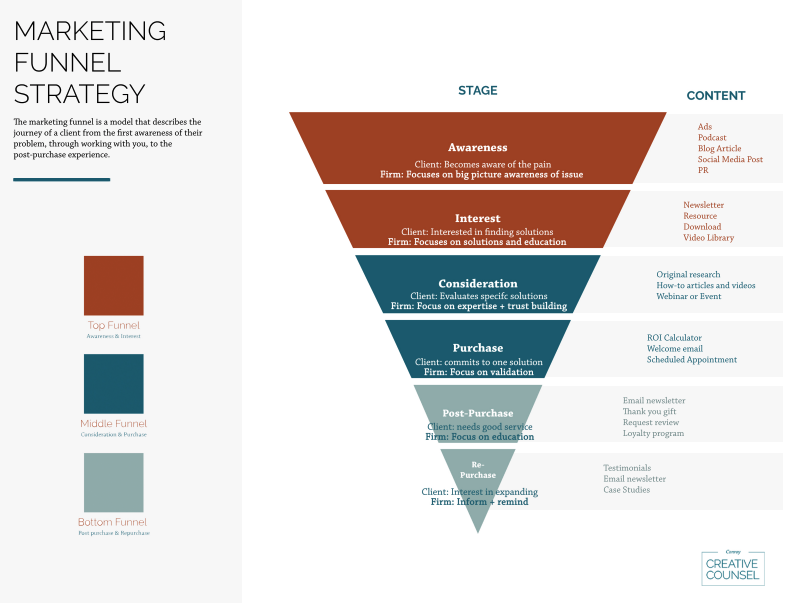There’s a lot more to branding than just having a high-quality logo. That’s not to say your logo isn’t important—it’s good to invest the necessary time and resources into creating a logo that properly displays your brand. But the logo is not the brand itself—it’s just one piece of your larger branding puzzle.
Think of the logo as being a snapshot of a larger scene. While your firm’s logo might be the most identifiable or memorable representation of your visual brand, there are some limitations to it. Great logos are effective because they are simple, and simplicity is great for clear communication, but it also means there are limitations with what you can get across.
Let’s take a closer look.
What your logo can and can’t do
A well-designed logo is crucial to your brand identity. It should be able to encapsulate the essence of your brand’s tone and personality, or evoke a very particular emotion in your target audience. It serves as a sort of avatar for your company. When people see your logo, they see everything your company stands for.
Of course, there are limitations to what a logo can do. A logo simply cannot tell your brand’s story—that’s just a limitation of the medium. It can’t provide information beyond basic brand identity and feelings, and it’s not a substitute for good copy.
Logo misconceptions
When firms set out to adjust their logos, there are some common misconceptions that plague the process and could actually end up resulting in worse logos than what you started with.
For example, it’s completely okay if your logo is “boring.” It doesn’t need to have all kinds of crazy colors or an extremely intricate design. It just needs to be effective and memorable. Think of some of the most famous logos—the Nike swoosh isn’t exactly exciting, and neither are the golden arches of McDonald’s. But they’re extremely effective—everyone knows what they’re getting when they see those logos.
Another example is the common thought among brands that the logo needs to be bigger, bolder, louder, insert-comparative-adjective-here. This is actually counterintuitive—the more you try to make your logo about your brand, the more you will potentially alienate your customers. Make your logo about them. Aim to evoke a particular feeling in them when they see it. The logo should be comforting in its familiarity and promise of high-quality service, not a nuisance in its grandiosity and pompousness.
This is the most important thing to remember—your logo is for your audience, not for you. And as a law firm, it’s important to always maintain a client-centric attitude to begin with. Maintain that same attitude when developing a logo that will work for your brand.











